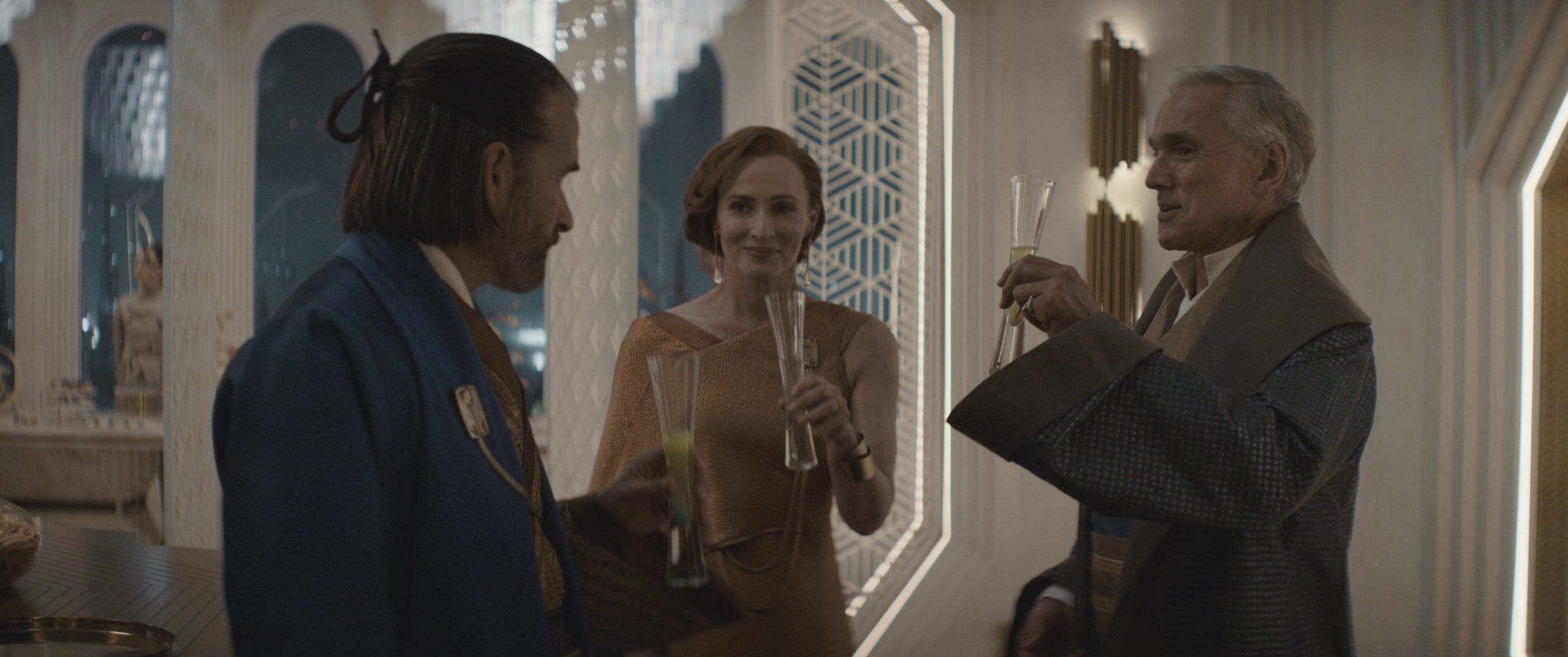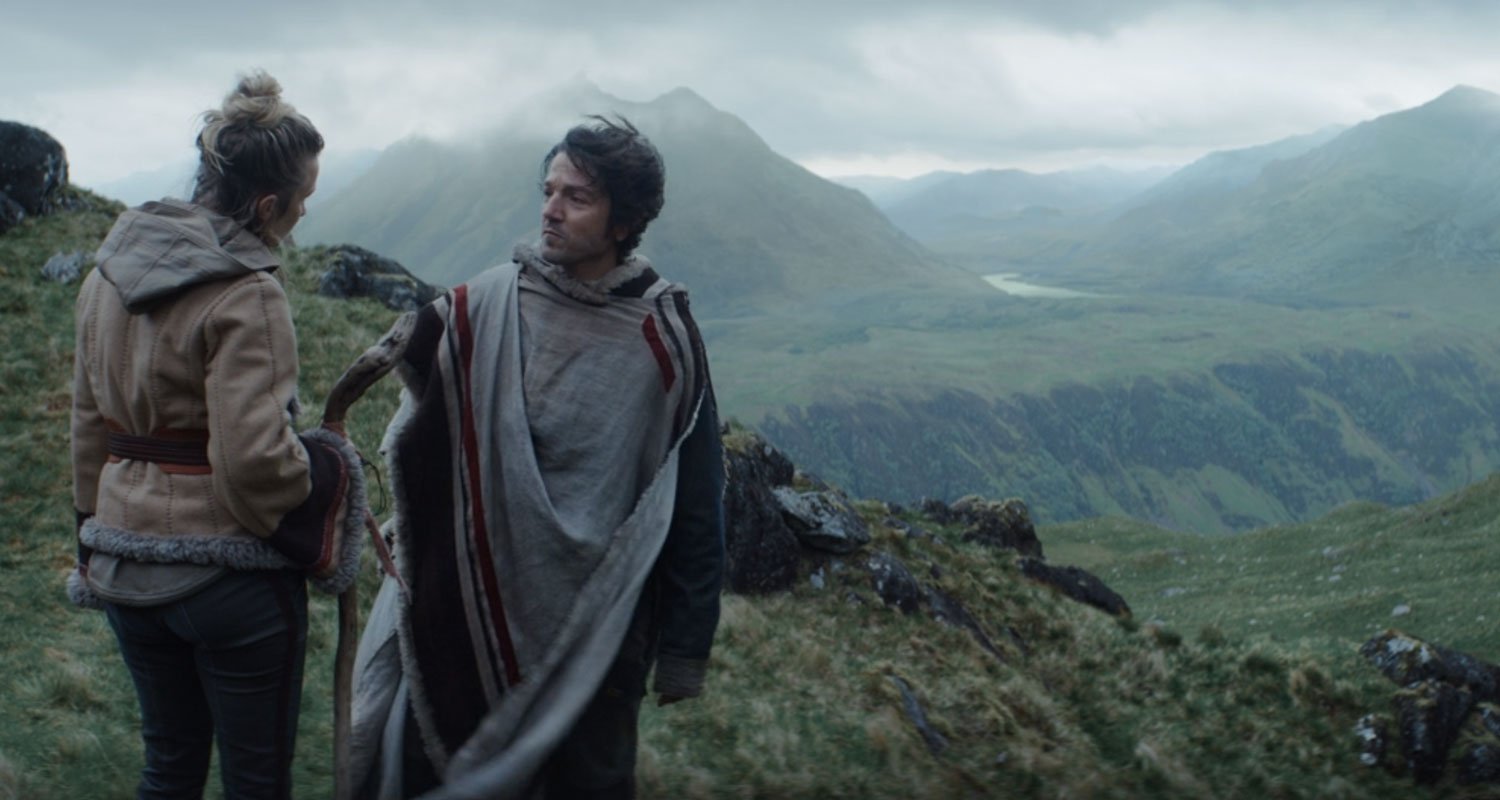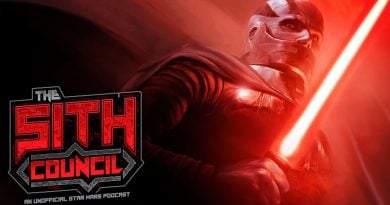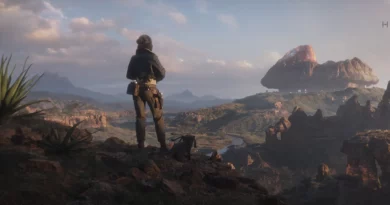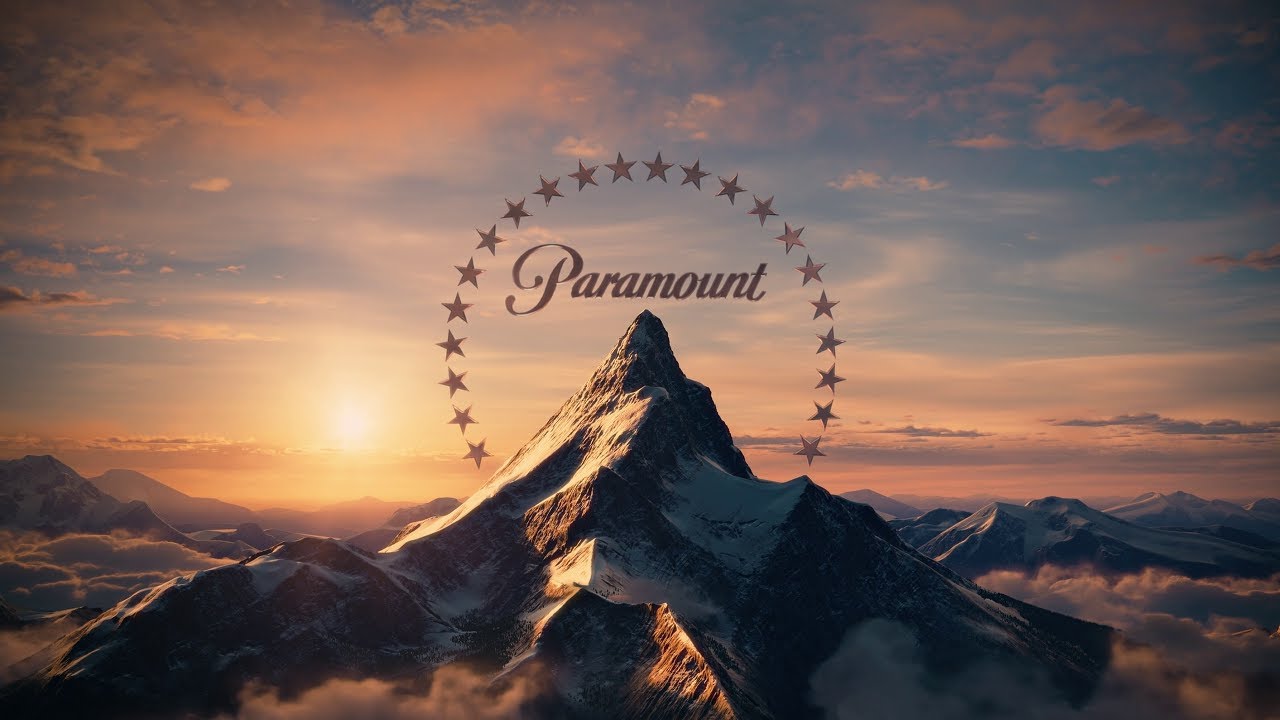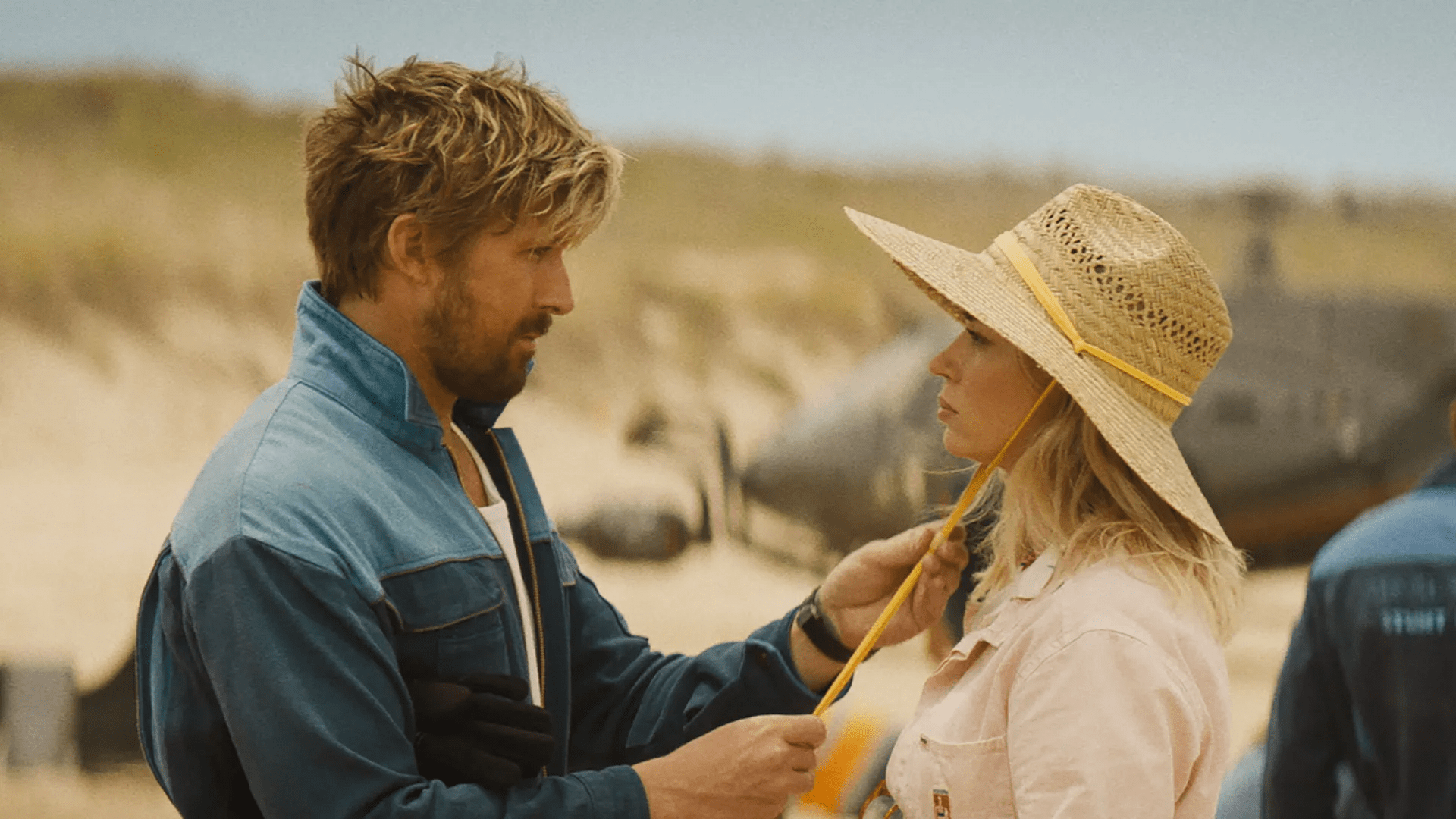‘Andor’ VFX Supervisor Discusses the Show’s Visual Philosophy, Reveals Hidden Homages
The Star Wars fandom’s attention may be focused on Ahsoka‘s premiere next week, but the former Padawan’s show is far from the only game in town when it comes to live-action shows set in the beloved galaxy. Just last year, Andor impressed many critics and fans with its dark, grounded, and political take on the Star Wars universe. The series was so acclaimed that it recently received eight Emmy nominations, including one for the coveted Outstanding Drama Series award.
Among the many praised aspects of the series was the quality of its visual effects, and now one of the artists responsible for creating them has spoken about how Andor‘s visual style was developed. VFX supervisor Scott Pritchard spoke with the Los Angeles Times about how the show tried to differentiate itself from other pieces of Star Wars media. Given that the series revisited some locations like Coruscant that were heavily featured in earlier projects, the team decided to portray them from a different point of view. Said Pritchard:
“We wanted to be completely immersed in the city. We didn’t want these kind of big aerial shots, kind of, ‘Meanwhile on Coruscant’, you know, big helicopter shots. Most things were shot at ground level as if the camera operator has the camera on their shoulder and they’re right there. We wanted to move away a bit from the prequels, which were kind of high science fiction, you know, 1950s, kind of ‘Metropolis’ style. We went more towards the Art Deco stone materials you might see in New York. Our buildings were in a variety of stone materials but not using metals to embellish them. And then using glass as a nice reflective surface.”
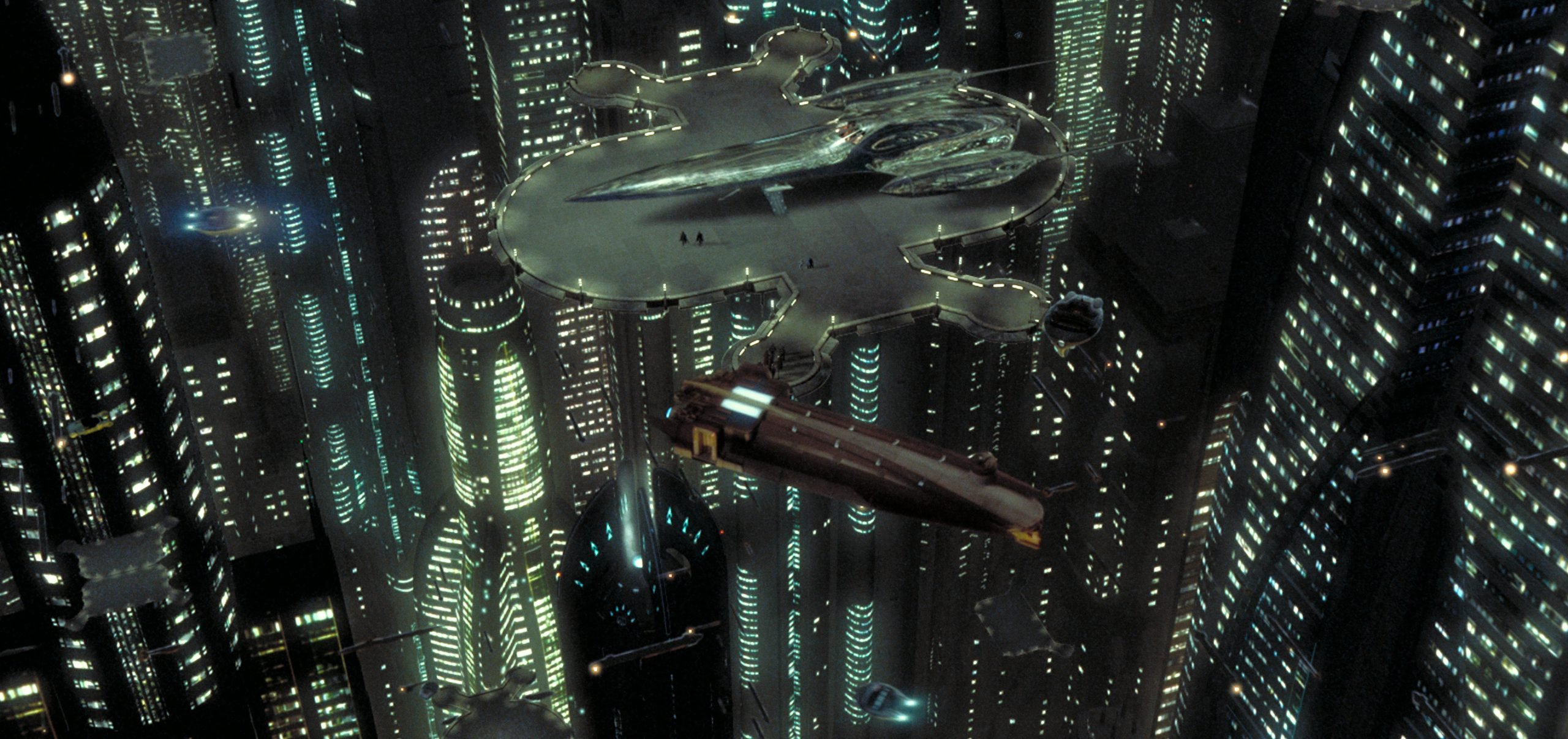
As has been extensively reported before, Andor‘s crew took pains to do a lot of on-location photography and build plenty of real sets to bring the many different planets in the series to life. Showrunner Tony Gilroy eventually revealed that the series did use StageCraft’s technology, just not as extensively as other Star Wars shows.
Still, the crew’s decision to prioritize filming on location before altering the footage in post-production paid dividends when they had to make environments that looked like science fiction but still came across as real, lived-in places. As Pritchard describes it, a lot of the Coruscant shots in Andor were made by altering images of real-world neighborhoods:
“Primarily on this show, it was environments where we were taking existing photography and either extending or augmenting it. We filmed a lot in London’s Barking, which is a really interesting Brutalist architectural neighborhood that has a very distinct building style where you get a lot of pillars and balconies that jut out and create interesting shapes.
So we chopped holes in some of these buildings [virtually] and then extended that to make the environment on Coruscant, which is this endless city planet. Through some of these holes, you might see another building that is a mile away; you can see right down to the horizon, but the horizon is just more buildings.”
Naturally, countless artists spend lots of long hours working on the visual effects of a big-budget series like Andor before we see the final product on our screens. Pritchard was sure to highlight the contributions of crew members from all throughout the filmmaking process:
“Working with the cinematography, the plate photography, we were very lucky to have some great [directors of photography] on the show who shot beautiful plates in some amazing locations around London and up in Scotland. When you have that material to work with, you’re off to a great start in terms of making something feel grounded…
When you break it down, you can see the detail of the wire-frame models and all the work that goes into the shading and the materials by all these different artists, and then the compositing, how it all blends together – all the optical and photographic elements that go into making it look like it’s been shot by one camera.”
Unsurprisingly, a lot of Andor crew members are longtime Star Wars fans, and they took the opportunity to add some subtle Easter eggs into the show. As viewers will likely remember, the first season ends with a brief scene showing the Death Star being built. According to Pritchard, the special effects team put a nod to the original movie there:
“Where you see the little robots placing the ‘product’ onto the surface of the Death Star, right at the back of the shot, you see a wall. And the wall has these shapes on it which are identical to the shapes of the trench run from ‘A New Hope’. It’s a lovely detail that shows the kind of passion the [Industrial Light & Magic] artists bring to their work.”
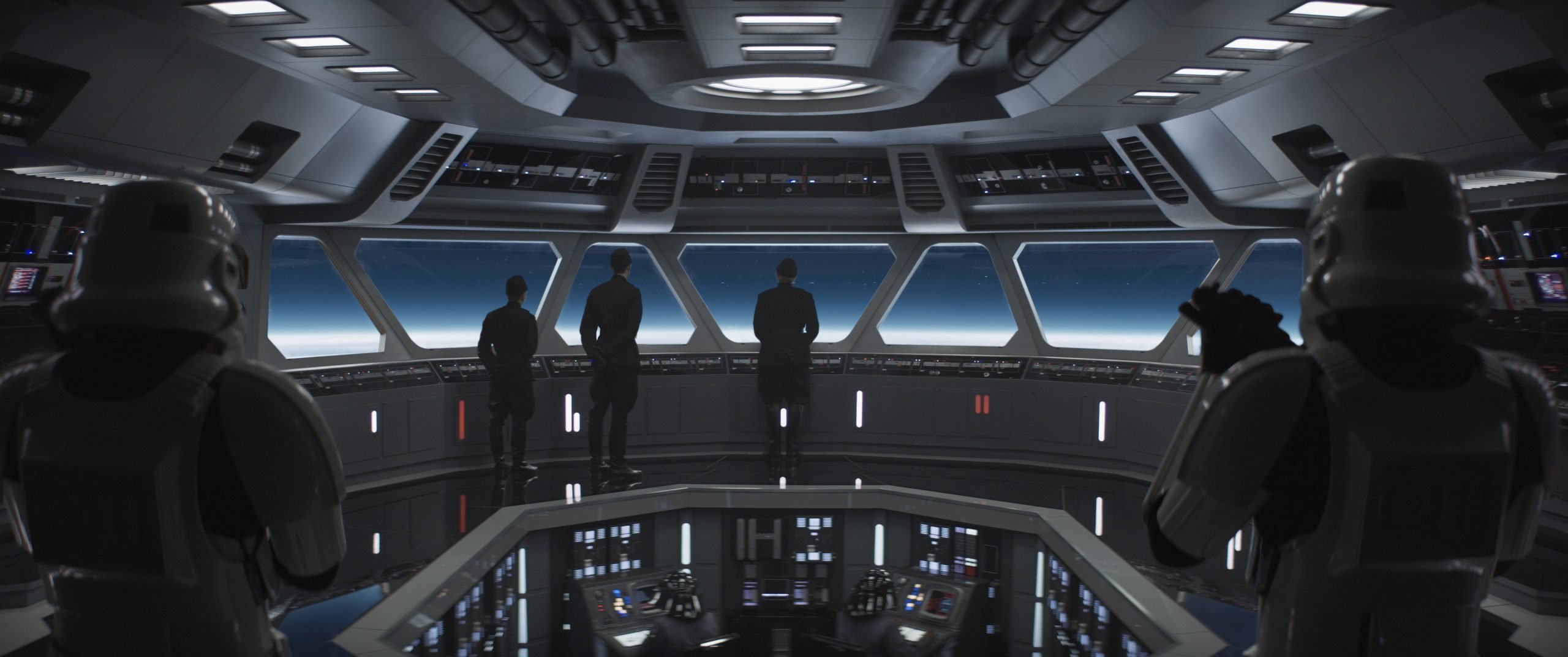
Of course, no discussion of Star Wars is complete without mentioning the groundbreaking visual effects and strong design work that has given the saga such a distinct visual and auditory identity. Ever since the days of the original trilogy, the saga has showcased the talents of some truly legendary artists, and Star Wars production teams today get to stand on the shoulders of those earlier giants. Pritchard was sure to mention the influence of one particular original trilogy crew member on Andor:
“And the Arrestor Cruiser in high orbit was an absolute treat. And not just for the fact that the Arrestor Cruiser was an original design from [one of the franchise’s first concept artists] called Colin Cantwell, who designed, along with the first X-Wing, the first Millennium Falcon and the first TIE fighter. It was May last year, Colin died very tragically. So to finally bring his design to life and give it a starring role in the series was a real treat and a real honor. If you listen to the audio, it says, ‘Arrestor Cruiser, Cantwell Class.'”
Thankfully, the Emmy Awards have recognized the efforts of Pritchard and his team with a nomination for Outstanding Special Visual Effects in a Season or Movie. It remains to be seen if they’ll take home the award, but no matter what, they helped make Andor one of the best-received Star Wars projects in years.
You can head to the Los Angeles Times for the full interview.
Eric has been a fan of Star Wars ever since the age of five (or so) when his parents sat him down in front of a TV with pizza and a Sprite and showed him the original trilogy. He keeps trying to convince more fans to read the amazing 1980s Star Wars newspaper comics by Archie Goodwin and Al Williamson. When he's not reading, watching or playing Star Wars media, he's often enjoying other great fantasy and science fiction sagas or playing roleplaying games with his friends.

